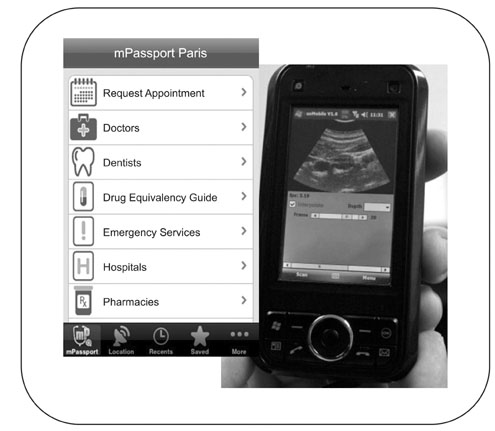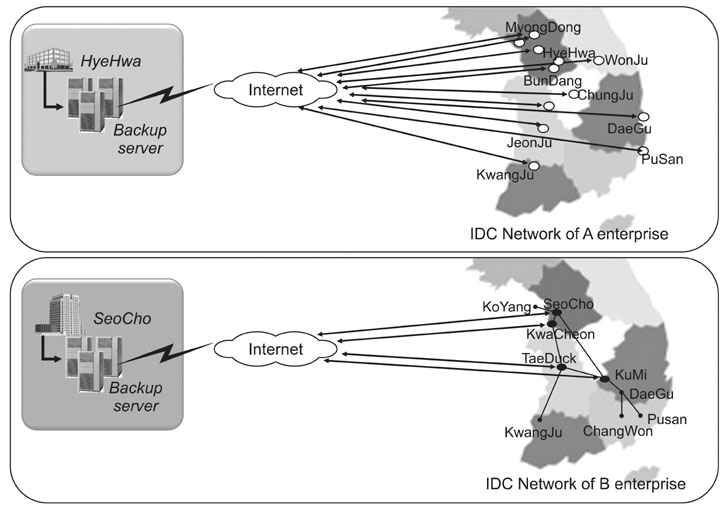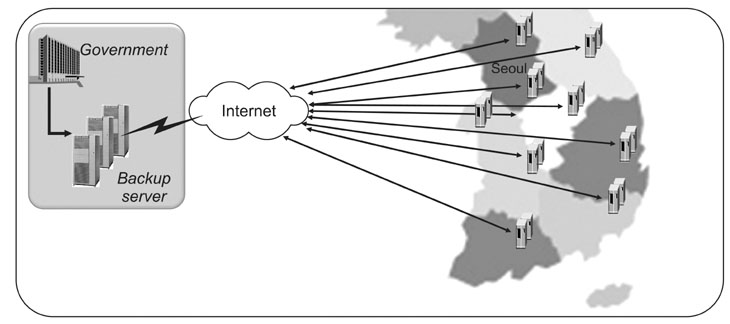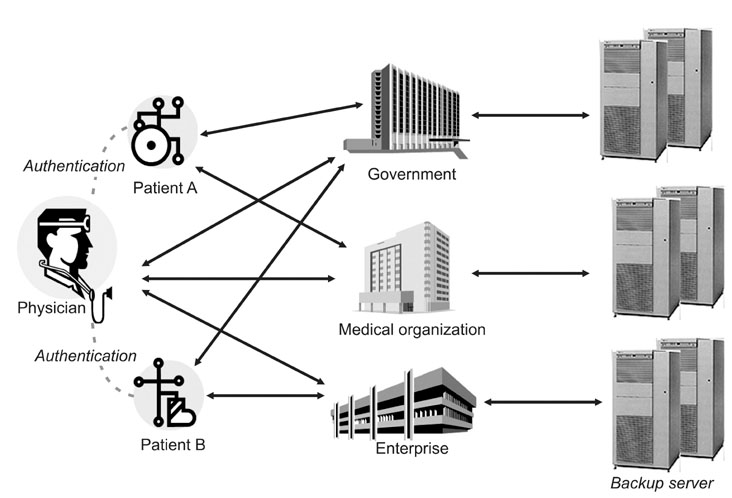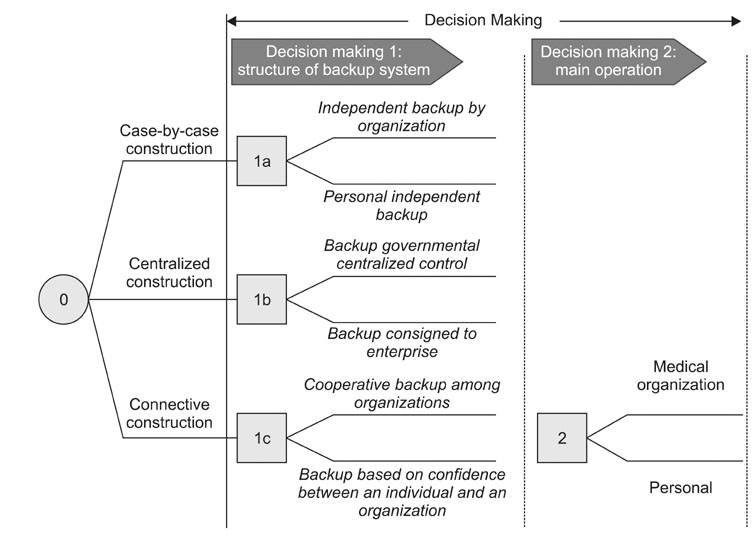Healthc Inform Res.
2011 Sep;17(3):162-171. 10.4258/hir.2011.17.3.162.
A SWOT Analysis of the Various Backup Scenarios Used in Electronic Medical Record Systems
- Affiliations
-
- 1Medical Informatics, Graduate School of Public Health and Social Welfare, Gachon University of Medicine and Science, Inchon, Korea.
- 2Seoul National University Biomedical Informatics, Interdisciplinary Program of Medical Informatics and Systems Biomedical Informatics Research Center, Division of Biomedical Informatics, Seoul National University College of Medicine, Seoul, Korea. juhan@s
- KMID: 1974242
- DOI: http://doi.org/10.4258/hir.2011.17.3.162
Abstract
OBJECTIVES
Electronic medical records (EMRs) are increasingly being used by health care services. Currently, if an EMR shutdown occurs, even for a moment, patient safety and care can be seriously impacted. Our goal was to determine the methodology needed to develop an effective and reliable EMR backup system.
METHODS
Our "independent backup system by medical organizations" paradigm implies that individual medical organizations develop their own EMR backup systems within their organizations. A "personal independent backup system" is defined as an individual privately managing his/her own medical records, whereas in a "central backup system by the government" the government controls all the data. A "central backup system by private enterprises" implies that individual companies retain control over their own data. A "cooperative backup system among medical organizations" refers to a networked system established through mutual agreement. The "backup system based on mutual trust between an individual and an organization" means that the medical information backup system at the organizational level is established through mutual trust.
RESULTS
Through the use of SWOT analysis it can be shown that cooperative backup among medical organizations is possible to be established through a network composed of various medical agencies and that it can be managed systematically. An owner of medical information only grants data access to the specific person who gave the authorization for backup based on the mutual trust between an individual and an organization.
CONCLUSIONS
By employing SWOT analysis, we concluded that a linkage among medical organizations or between an individual and an organization can provide an efficient backup system.
Keyword
MeSH Terms
Figure
Reference
-
1. Seo HJ, Kim JH. Correction system of a mis-recognized medical vocabulary of speech-based electronic medical record. J Korean Soc Med Inform. 2002. 8:11–20.
Article2. Davis K, Doty MM, Shea K, Stremikis K. Health information technology and physician perceptions of quality of care and satisfaction. Health Policy. 2009. 90:239–246.
Article3. What is an EMR (Electronic Medical Record): EHR (Electronic Health Record)? [Internet]. c2010. cited at 2010 May 30. New York: About.com, The New York Times;Available from: http://patients.about.com/od/electronicpatientrecords/a/emr.htm.4. Department of Health and Human Services. Report to the Secretary of the Department of Health and Human Services. The decade of health information technology: delivering consumercentric and information-rich health care. c2010. cited at 2010 May 31. Washington, DC: Department of Health and Human Services;Available from: www.hhs.gov/healthit/documents/hitframework.pdf.5. Cheong HJ, Shin NY, Joeng YB. Improve Korean service delivery system in health care: focusing on national e-health system. Proceedings of 2009 International Conference on e-Health, Telemedicine and Social Medicine. 2009 Feb 1-7; Cancun, Mexico. 263–268.6. Ministry of Health Welfare. Medical law. 2004. Seoul: Ministry of Health Welfare.7. Yoo SY, Yu SY, Min MG. Hospital information-oriented present state research. 2003. Seoul: Research institute for Healthcare Policy.8. The Office for Government Policy Coordination. Ministry of Information and Communication. Guideline for backup of information system. 2005. Seoul: The Office for Government Policy Coordination.9. Sarasohn-Kahn J. How smart-phones are changing health care for consumers and providers [Internet]. California Healthcare Foundation. 2010. cited 2010 May 20. California Healthcare Foundaion;Available from http://www.chcf.org/~/media/MEDIA%20LIBRARY%20Files/PDF/H/PDF%20HowSmartphonesChangingHealth-Care.pdf.10. Hwang JS, Choi SH. E-governance business and personal information protection issue-centering on NEIS. 2003. Seoul: Korea Information Society Development Institute.11. Riva A, Mandl KD, Oh DH, Nigrin DJ, Butte A, Szolovits P, Kohane IS. The personal internetworked notary and guardian. Int J Med Inform. 2001. 62:27–40.
Article12. Katirai H, Sax U. Unlocking the value of clinical information: what you need to do now to enjoy the benefirts in the future. Lect Notes Comput Sci. 2005. 3782:330–338.13. Bang DH, Kim HK. Legal issue and solved theme of personal information protection. 2004. Seoul: National Information Society Agency.14. Kim J. The comparison analysis of opinions towards the concept of consumer health informatics among Korean and American health informatics academic society members. J Korean Soc Med Inform. 2005. 11:17–25.
Article15. The Office for Government Policy Coordination & Ministry of Information and Communication. Guideline for Disaster Recovery of Information System. 2005.16. Han Y, Park H. Cost-effectiveness of PACS based on medical insurance coverage. J Korean Soc Med Inform. 2000. 6:51–63.
Article
- Full Text Links
- Actions
-
Cited
- CITED
-
- Close
- Share
- Similar articles
-
- Needs Assessment for Functionalities in Electronic Health Record Systems in General Hospitals
- SWOT Analysis and Expert Assessment of the Effectiveness of the Introduction of Healthcare Information Systems in Polyclinics in Aktobe, Kazakhstan
- Comparison of Open-Source Electronic Health Record Systems Based on Functional and User Performance Criteria
- The Paper-Based Medical Record Compared to the Electronic Medical Record: Documentation and Agreement of Information
- Nurses’ Experiences with the Use of Electronic Nursing Record: A Qualitative Study


